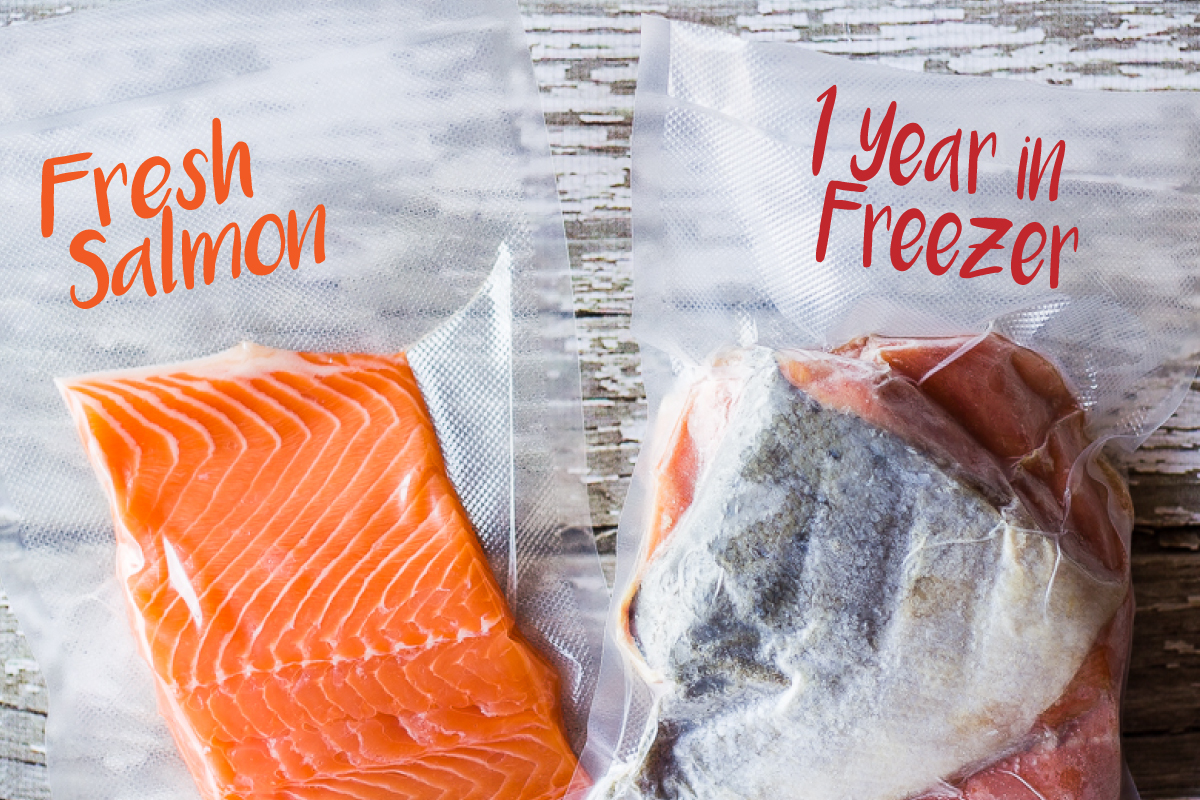

Glaze protects against minor temperature fluctuations and freezer burn during transport and storage. When the rate of oxidation is reduced, rancidity is minimised. Packaging in a protective layer of ice minimises the risk of contact with the air and extends the durability of the product. Glaze is an effective packaging aid for fish and seafood, to preserve the quality of the product. Between 8 and 12 % glaze is common, but up to 40 % is seen in the marketplace. The amount of glaze depends on the temperature of both the product and the water, the surface area of the product, and the glazing time. Glaze is a protective layer of water added to the surface of frozen seafood. In December 2014, new EU regulation on food information came into force, according to which the net weight excluding glaze must be declared on the packaging of frozen, glazed food products. The same is true of many fruits, including citrus fruits, watermelons and grapes, but these often taste refreshing when eaten frozen.Frozen seafood is often glazed with a protective layer of drinking water, in order to preserve quality during transport and storage. Raw vegetables with a high water content, such as tomatoes, cucumbers, mushrooms, courgettes and lettuces, will never be appealing when defrosted. If you want to freeze double cream, give it a light whipping first. While frozen custard (ice cream) and yoghurt are a real treat, if you thaw them they also develop this texture. Milk can be frozen with some (generally) acceptable changes to its structure – the fat is separated from the liquid suspension and can have a grainy texture that’s usually fixed with a quick shake. Mayonnaise will split if frozen and hard-boiled egg whites will go rubbery. The structure will be affected and you may not be able to slice it.Įgg yolks can be frozen for use in baking or as an egg wash, but won’t work for all recipes. Opinions differ on freezing cheese at all, with most agreeing that the best use for frozen cheese is in a cooked dish. Parmesan can be frozen, but its flavour may be affected and, as it can be kept in the fridge for a long time, freezing probably isn’t necessary. Soft cheeses such as camembert, brie and cream cheese don’t freeze well. If the food requires defrosting before cooking, do this in the fridge.Īnd, of course, always ensure food is completely cooled (ideally refrigerated) before you put it in the freezer.


Try portioning your leftovers into smaller sizes. Accurate labelling will also eliminate the egg-white-fish-stock mix-up I made when trying to make a pavlova!) This will helps you know at a glance what to use first and what can be left for another night. When you label a box or bag, use the table above to work out the use-by date, and write this on the label. If you would rather use a plastic box, select one that can be filled as completely as possible. If you’re storing food in a resealable bag, seal the bag almost completely and then use a straw to suck out any air (don’t do this with raw meat, though!).īy using freezer bags, you can ensure all excess air is removed, and they take up the minimum of space. It’s tempting to throw a packet from the supermarket into the freezer, but you may get better results from rewrapping the food so there’s minimum of exposure to air. Wrapping food well and eliminating exposure to air will help keep its flavour and texture. Slice before freezing to defrost in the toaster Skimmed milk keeps longer than full-fat milkīananas will brown in the freezer, but can be added to smoothies from frozenįreeze on a tray and decant when frozen into a box/bag to use a few at a timeīlanched or par-cooked vegetables (carrots, potatoes, cauliflower, green or broad beans) Freeze beaten egg in a box, or freeze cooked egg dishes like frittata Freeze in ice-cube trays, then store in bagsĬheese – firm (cheddar, mozzarella, Gruyere, emmental)ĭo not freeze in shell.


 0 kommentar(er)
0 kommentar(er)
